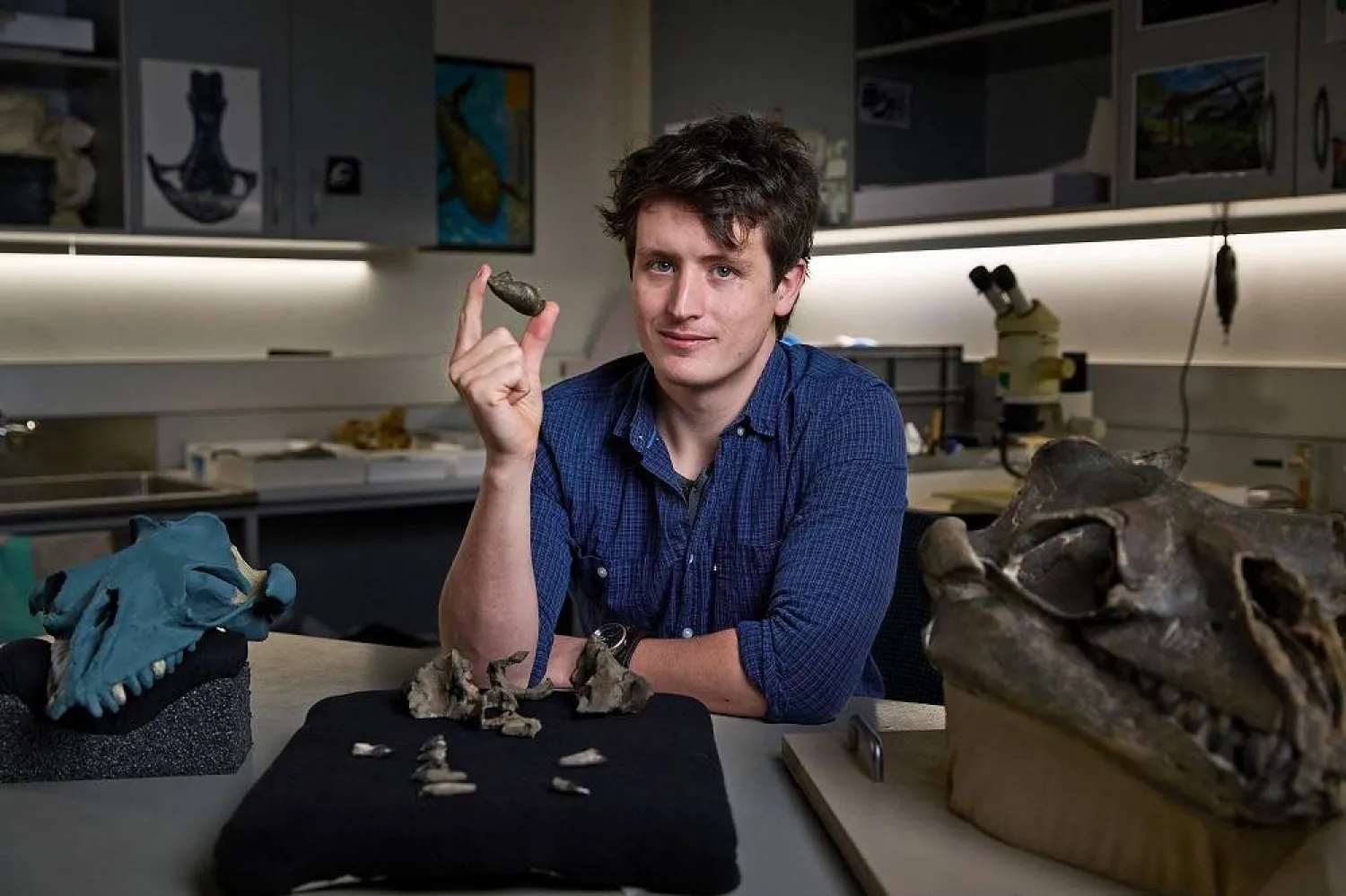Many adults who use ibuprofen and other so-called nonsteroidal anti-inflammatory (NSAID) drugs take too much, increasing their risk of serious side effects like internal bleeding and heart attacks, a US study suggests.
About 15 percent of adults taking ibuprofen (Motrin, Advil) or other NSAIDs like aspirin, naproxen (Aleve), celecoxib (Celebrex), meloxicam (Mobic) and diclofenac (Voltaren) exceeded the maximum recommended daily dose for these drugs, the study found.
“NSAIDs are among the most commonly used medicines in the U.S. and worldwide,” said lead study author Dr. David Kaufman of Boston University.
“These drugs can have serious side effects, including gastrointestinal bleeding and heart attacks, and are often taken without medical oversight because many products are available over-the-counter,” Kaufman said by email. “The attitude that users can choose their own dose regardless of label directions, along with poor knowledge of dosing limits, is associated with exceeding the daily limit.”
For the study, 1,326 people who reported taking ibuprofen in the previous month completed online medication diaries every day for one week.
All of the participants took ibuprofen during the diary week, and 87 percent of them only used over-the-counter, or nonprescription, versions, researchers report in Pharmacoepidemiology & Drug Safety.
Overall, 55 percent of participants took ibuprofen at least three days during the week, and 16 percent took it every day.
In addition to ibuprofen, 37 percent of the participants reported taking at least one other NSAID during the week, most often aspirin or naproxen. Less than half of them recognized that all of the products they were taking were NSAIDs.
One limitation of the study is that researchers only focused on recent and current ibuprofen users, which may not reflect what doses might be typical for sporadic or new users, the authors note.
Even so, the findings highlight a potential downside of making NSAIDs widely available without a prescription, said Dr. Gunnar Gislason, director of research for the Danish Heart Foundation in Copenhagen.
“I believe that the message sent to the consumer when these drugs are widely available in convenience stores and gas stations is that these drugs are safe and you can use them safely for pain relief - thus no need for reading the label,” Gislason, who wasn’t involved in the study, said by email.
Even when people do read the label, they may still ignore it.
“If the recommended dosage does not give sufficient pain relief, it is easier to take more pills than seeking professional advice from a healthcare person or doctor,” Gislason added.
While doctors may prescribe NSAIDs for some muscle and joint disorders and certain other health problems, these drugs aren’t appropriate for many of the reasons that patients may buy them at the drugstore, said Dr. Liffert Vogt of the Academic Medical Center at the University of Amsterdam in the Netherlands.
“In my opinion NSAIDs should not be available as an over-the-counter drug, because of all their deleterious effects,” Vogt, who wasn’t involved in the study, said by email.
“For occasional use, acetaminophen (again in the right dose) is a much safer option and very efficacious as a painkiller,” Vogt added. “But we know that many people use NSAIDs for indications other than pain, such as flu, allergies, fever - and there is no medical base that indicates that NSAIDs or acetaminophen are of any use under these circumstances.”







